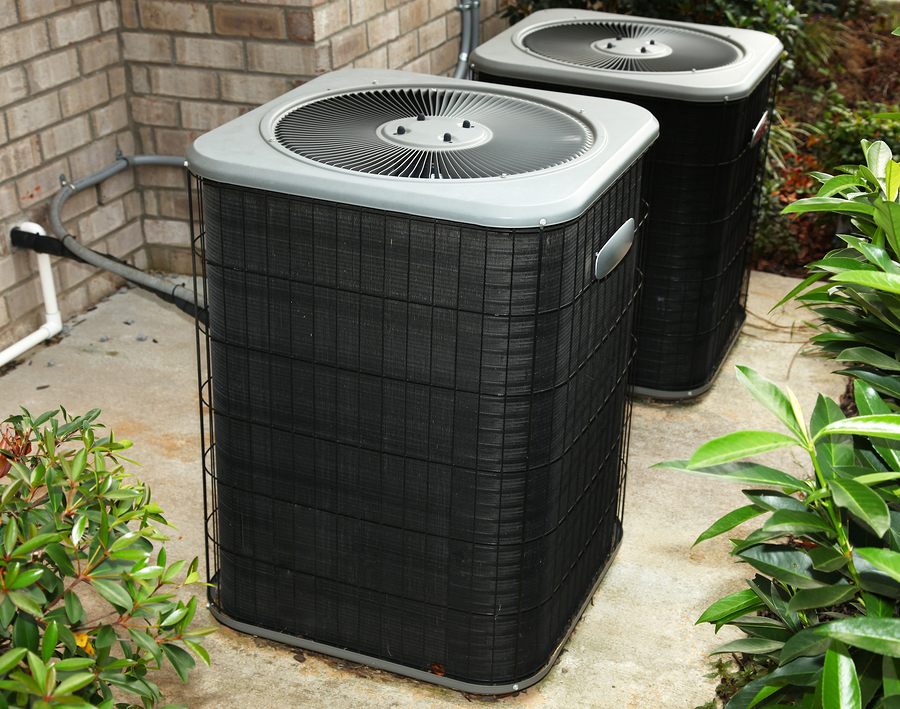Managing the common areas of a condo building can sometimes be a contentious issue. This is why Condo Associations are useful – they are created to oversee the management of the building, manage expenses, and make repairs when necessary.
However, one of their most important duties is to ensure that the condo building is properly insured. Homeowners insurance only covers individual units, not the shared spaces and the structure of the building itself. This makes Condo Association insurance, or a master condominium policy, a must-have for condo complexes.
Why do Condo Associations need insurance?
Unit owners’ homeowners policy covers everything within the confines of their individual units. However, this leaves the common areas in the building still liable to risk.
All unit owners share those common areas, and therefore, all members of the association bear the risks associated with them. Condo Association insurance covers this shared risk.
Condo Association insurance helps protect your condo in a variety of different ways. For instance, if a disaster results in major repairs, it ensures that you have the money needed to rebuild and renovate. Aside from the common areas, Condo Association insurance also covers the actual structure of the building itself, so the policy will allow you to completely rebuild the condo complex in a worst-case scenario.
However, the insurance policy also helps provide coverage in several other ways. This includes providing liability protection in the case of accidents that occur in common areas, as well as providing protection against theft of association funds by a board member. Depending on your package of coverages, it can also provide a variety of other protections for your condo.
What protections are included in a Condo Association insurance policy?
Condo Association insurance involves buying a master condominium policy. This master policy includes a package of coverages that helps provide financial protection for the building in the case of disaster.
Coverages that are commonly included in a Condo Association insurance policy include:
1. Property Coverage: Condo Association insurance provides coverage for the building itself and building equipment like boilers and machinery. Policies usually include one of three types of property coverage:
-
- Bare walls coverage: This is also known as ‘walls out’ coverage and provides financial protection for the building’s structure. This includes the walls, floors, and roof, up to the drywall and the subfloor. It does not provide coverage for fixtures and other interior elements. Depending on your insurance provider, bare walls coverage may also not cover the interior walls of units.
- Single entity coverage: Aside from the building’s structure, this also covers standard finishings within each unit. It does not cover any additions or improvements that unit owners may have made. This is also known as ‘walls out’ and ‘walls in’ coverage.
- Modified single entity/all-in coverage: This is an upgrade on single entity coverage and provides comprehensive coverage for both standard and upgraded fixtures and finishes within individual units. It also covers the structure of the building. With this coverage, individual unit owners have limited coverage needs from their own insurance policies.

2. General Liability Insurance: Provides liability protection in the case of accidents to third parties that occur in common areas. These can range from slip and fall accidents to a burglary that occurs in a common area. General liability insurance also provides liability coverage in the case of third party property damage.
3. Crime and Fidelity Coverage: This is also known as a fidelity bond. It provides coverage in the case of theft or embezzlement by an association board member or condo manager.
4. Workers Compensation Insurance: Provides financial protection for employees who work in shared areas in the case of work-related injuries or illnesses. This can cover employees such as security guards or temporary workmen.
There are also several other coverages that can be added to your master condominium policy. These include sewer back-up coverage, building ordinance coverage, directors and officers liability coverage, and equipment breakdown coverage, among others.
Image Source: BigStockPhotos.com (Licensed)
Related Categories: Home, Reviews








